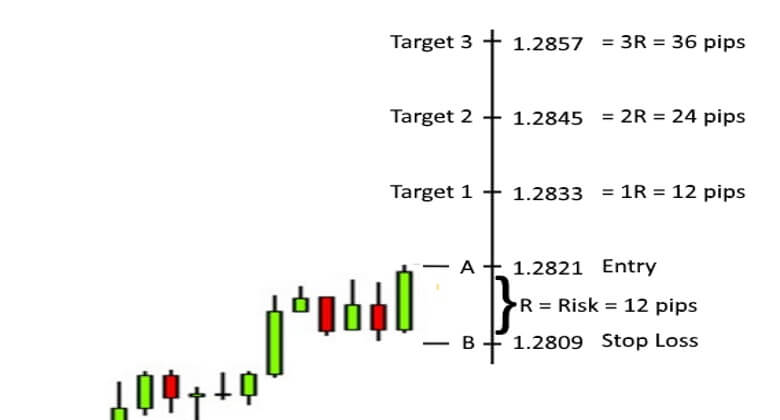Risk Management for Traders – Part Three

How Much Capital Should You Risk on Each Trade?
Most traders risk far too much capital per trade, beginner traders tend to fall into this trap when they are starting out. In order to mitigate risk when trading it is recommended to risk small amounts of capital per trade. There are various types of risk when you open a position, you may be subject to ‘market risk’ which is when the market moves unfavourably to the position you have opened. You need to ensure you understand the risk applied to trading and you must be able to determine the amount of capital you want to risk with before you open a position.
Capital should be decided per trade but you should also have an overall figure if you want to trade in the long term.
Calculating the right position size for a Forex trade.
The size of a position, therefore, needs to be calculated based on the risk parameters for the particular trade (as discussed in the previous section), the size of the trading account and the percentage of the account to be risked on each trade.
Let’s say you have $10,000 in your trading account, and you are buying GBPUSD at 1.2821 as per the example in the previous section.

If you are risking 2% on each trade, then you are risking $200 of your $10,000 trading account. In this case, your risk is 12 pips, so your position size needs to equate 12 pips to $200.
The pip value for a standard lot is $10, so you can trade $200/12 pips x $10, or 1.67 standard lots. If you round this down to 1 lot you will be risking $120, and if you round up to 2 lots you will be risking $240.
If instead, you trade mini lots the pip value is $1, so you can trade $200/ (12 pips x $1), or 16.67 mini lots. You can round this down to 16 mini lots which means you will actually be risking $ 192.
Calculating the position size for a CFD trade
Let’s say you have AUD 10,000 in your trading account, and you want to buy CFDs on the ASX 200 index at a price of 5,750 with a stop loss of 50 index points. If you are risking 2% of your account and each index point is worth AUD $1, then you can buy (10,000 x 0.02)/ (50 x 1), or 4 CFDs. You are simply risking AUD 50 on each CFD.
For a more complicated example, let’s imagine you are buying CFDs on the S&P500 at 2,660 with a tick size of 0.1 and a tick value of $25. Let’s say your stop-loss is 3 index points.
In this case, you are risking 30 ticks (3/0.1) and each tick is worth $2.50, so your risk is (30 ticks x $2.50) or $75. You can, therefore, trade $200/$75, or 2.6 CFDs. If you choose to round down to 2 CFDs you are risking $150, or if you round you round up to 3 CFDs you will be risking $225.
This principle can be applied to CFDs on indices, commodities and shares.
For up-to-date analysis on major financial assets such as Forex, Indices and Commodities sign up to Eightcap’s trading week ahead and get the latest news delivered straight to your inbox. You can also sign up to a free demo trading account with Eightcap so you can start practising opening positions on the world’s major financial markets in a matter of minutes.

